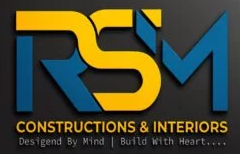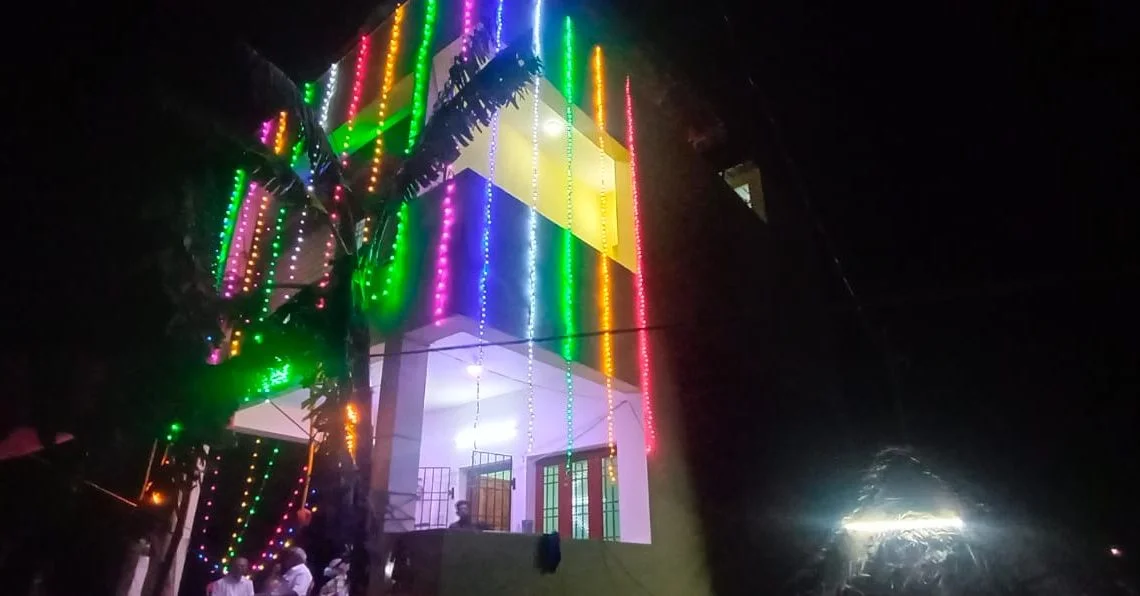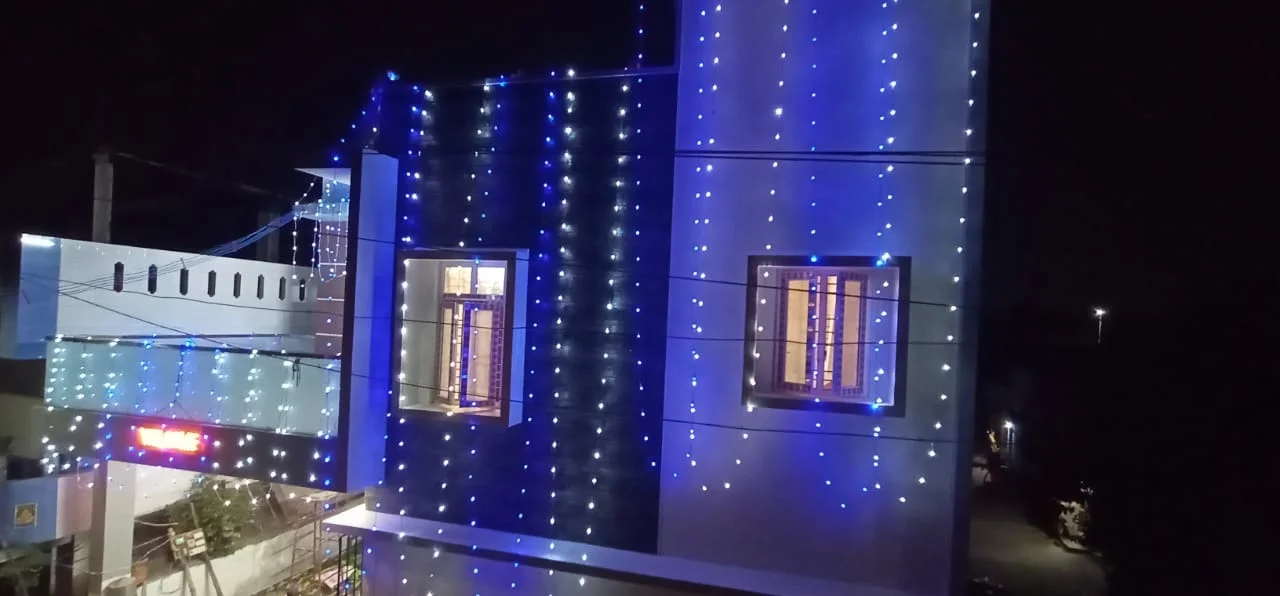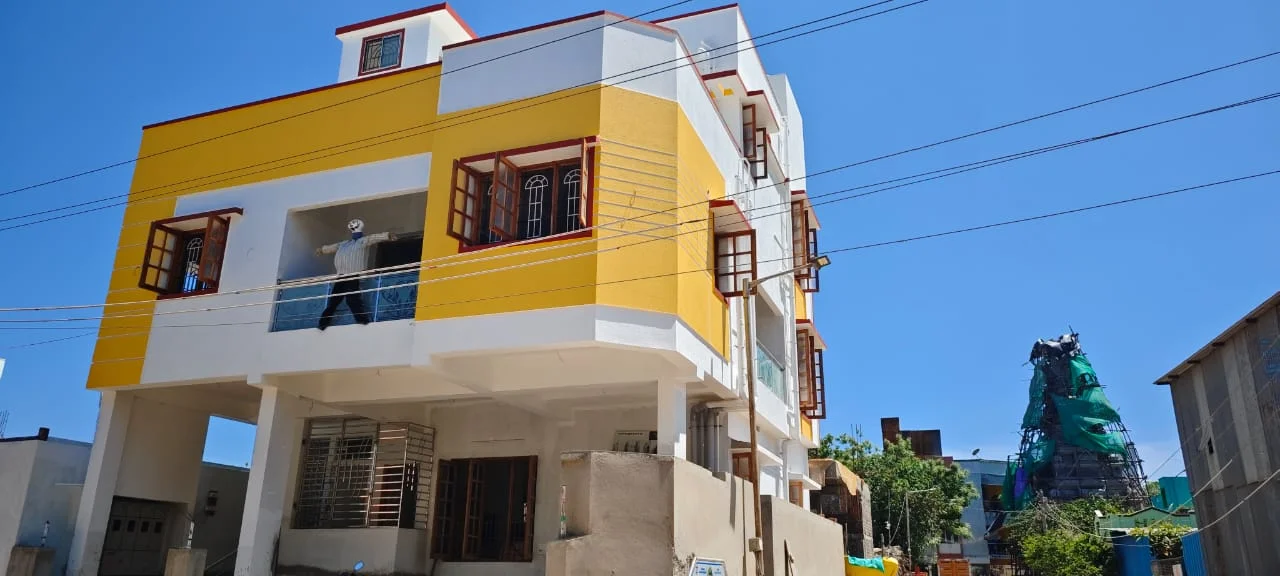- +91 99 4190 8747
- raja@rsmconstructions.co
- No: 6, Nethaji Avenue, Roshini Garage castle, Nerkundrum, Chennai - 600107
One of the most important things you can do to spruce up your home is to get in touch with your interior design instincts. Aesthetics are subjective, but following a few simple tips can help you achieve the look and feel you want in your space. In this article, we’ve put together a 10-point checklist to help you start!
What to consider when designing your home
There are many factors that go into interior design, and no two homes are the same. However, there are some general principles that can be followed in order to create a pleasing space. Here is a checklist of things to consider when designing your home:- -The space you live in should be comfortable, inviting, and convenient.
- -The layout should be functional and organized.
- -Materials and colors should support your lifestyle and personality.
Types of Interior Design
In order to get the best interior design for your home, you need to have a checklist. This checklist can help you determine what type of interior design will best suit your needs and style. Traditional Interior Design: This type of interior design is often used in traditional homes. It features beautiful furniture and décor that is in line with traditional architecture and styles. This type of design is usually more expensive than other types, but it can be worth it if you are looking for a formal look for your home. Modern Interior Design: Modern interior design is characterized by sleek, modern furniture and decor. It is popular because it is functional and easy to update or change as your needs change. This type of design often uses natural materials, such as wood or stone, which gives the room a rustic feel. It can be less expensive than traditional interior design, but it may not be as formal or formalized. Eclectic Interior Design: Eclectic interior design is a mix of different traditional and modern styles. It features elements of both styles, giving the room a unique look that is sometimes difficult to find elsewhere. This type of design can be less expensive than either modern or traditional Designers often break down interior design into several types, which can be helpful when trying to figure out what will work best for your home. Space planning is key in any type of interior design, and can be divided into three categories: Functional spaces, living spaces, and social spaces. Functional spaces are typically those areas in a home that need to function, like the kitchen or bathroom. They should be well-lit and organized so that tasks are easy to complete. Living spaces should be comfortable and inviting, with plenty of storage options. Social spaces should create a sense of community, whether it’s a big gathering space or an intimate corner where friends can relax. Another important factor to consider when designing a home is color. Not only does it add personality to a space, but it also impacts how people feel in it. There are six colors that have been proven to make people feel happy: yellow, green, blue, purple, pink, and orange. It’s important to choose colors that will work well with the other elements in your home and with the climate where you live.How to choose the right designer?
Choosing the right interior designer is one of the most important decisions you’ll make when designing your home. There are many talented designers out there, but it can be difficult to know who to choose. Here are some tips for choosing the best designer for your project:- Ask around. Talk to friends, family, and other homeowners who have recently hired a designer. They can provide you with invaluable insights into who they chose and why.
- Look for experience. If the designer has extensive experience in the design field, they’re likely to be more qualified than someone who has just started out.
- Consider price and budget. It’s important to remember that not all designers are created equal. Some charge a lot more than others, but are actually less experienced or qualified. Be sure to compare prices before making a decision.
- Ask for references. Once you’ve chosen a designer, ask them for referrals of other professionals they’ve worked with in the past. This will help ensure that you’re working with someone who is competent and reliable.
Tips for preparing a budget
- Start by creating a list of your household expenses. This will help you to know how much money you can realistically allocate to your interior design project.
- Estimate the size and layout of your space. Once you have an idea of your budget and the size of your space, you can start to think about what type of furniture and decorating style would be best for you.
- Be realistic in your choices. If you want to add expensive features or fixtures, be sure to set aside enough money for them before starting your project.
- Create a shopping list of the items you need for your project. This will help keep things organized and reduce the amount of time needed to get everything ready for installation.
- Get estimates from qualified professionals before beginning any work on your home interior. This will help ensure that you are getting accurate prices and that the work will be done correctly.
Conclusion
As you start to think about designing your home, it’s important to keep in mind a few key things. One of the most important is making sure that your interior design choices support your lifestyle and goals. This checklist will help you make smart decisions when it comes to choosing colors, furniture, and other features that will help you achieve your desired outcome.Best Interior Design Checklist

1naew
May 19, 2024
Construction
One of the most important things you can do to spruce up your home is to get in touch with your interior design instincts. Aesthetics are subjective, but following a few simple tips can help you achieve the look and feel you want in your space. In this article, we’ve put together a 10-point checklist […]









